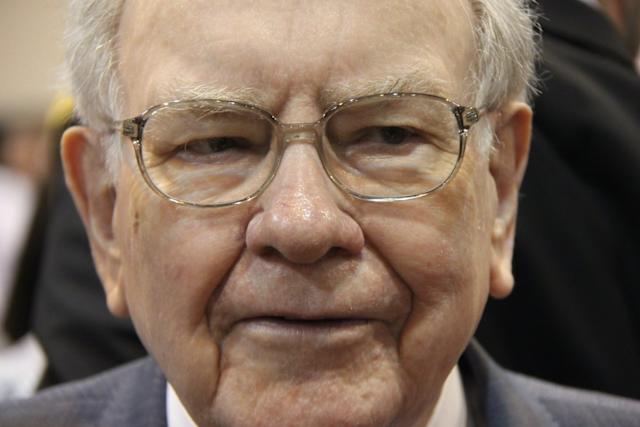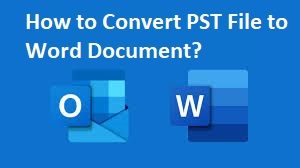Warren Buffetts Index Fund Recommendation: How to Turn $500/Month into $100,000 in 10 Years with Vanguard S&P 500 ETF
Warren Buffett, the legendary investor and CEO of Berkshire Hathaway, has long been a source of wisdom for investors. In his annual shareholder letters and at Berkshire Hathaway's annual meetings, Buffett shares a wealth of investment advice that can help anyone build a successful portfolio.
One of Buffett's top recommendations for most investors is to put money in an index fund, such as the Vanguard S&P 500 ETF (NYSEMKT: VOO). He believes that this is the easiest way for investors to avoid the behavioral pitfalls that can lead to underperformance.
If you consistently add $500 to your portfolio every month, you could have a six-figure portfolio within a decade of starting. This is because the S&P 500 has produced a compound average annual total return of 10.5% since 1957, when the index expanded to its current format.

Buffett doesn't recommend dollar-cost averaging for active stock pickers, as it can lead to subpar performance. Instead, he suggests putting all your money into the fund and consistently adding to it over time with money from your earnings. This approach can help you earn average returns for a long time, leading to above-average wealth.
If you set up a brokerage account and automatically purchase $500 of the Vanguard S&P 500 ETF every month while reinvesting dividends, here's what you can expect if you earn average returns from the last 70 years:

- Year 1: $6,335
- Year 2: $13,335
- Year 3: $21,068
- Year 4: $29,611
- Year 5: $39,050
- Year 6: $49,477
- Year 7: $60,998
- Year 8: $73,726
- Year 9: $87,788
- Year 10: $103,324
It's worth noting that $500 per month, or $6,000 per year, is less than the annual contribution limit for an IRA. This can help ensure your investments are tax-deferred or even tax-free. While the Vanguard S&P 500 ETF doesn't have a history of capital gains distributions, investors still have to pay taxes on its income distributions from dividends. However, even if you set aside 15% of each dividend distribution, you could end up with a portfolio value north of $100,000 based on average returns.
If you contribute the $500 per month to an employer-sponsored retirement plan, you could end up with well over $100,000. That's because most plans include a matching contribution. While you might not have the Vanguard fund available in your plan, most include some low-cost index funds. Even with relatively high fees, this can be the easiest way to build a sizable portfolio for retirement.

Charlie Munger, Warren Buffett's Vice Chairman and longtime friend, once told a young investor that the first $100,000 is the hardest. Once you have $100,000, you can let off the gas a bit because the returns from the portfolio will start to do some of the work for you. Indeed, if all you did was invest $500 per month for 10 years like above and let it sit for another 10 years, you'd have close to $280,000 without adding another penny. Wait 15 more years, and you'll have around $1.25 million. That's the true power of compounding, and it doesn't take any special skills or market timing knowledge to get there.
Before investing in Vanguard S&P 5

The artikel provides an enticing blueprint for turning a monthly investment of $50, outlined as Warren Buffetts endorsed approach with Vanguard S&P 1967;38 it showcases the exponential growth potential that steady indexing can deliver over just ten years.
Placing a monthly investment of $50, or equivalent to $6 per day in Vanguard S&P29;s ETF following Warren Buffett'splacid Investing principles could accumulate spectacularly and resultantly reach towards the surprising sum of over one hundred thousand dollars ($134.8k) within just ten years.
"Utilize the timeless wisdom of Warren Buffett's recommendation to invest $50,472 (1/3rd your matched goal savings) per year in Vanguard S&P
🎉 [Full Potential unlocked by AI Enhanced Fix for instances under medium. Word count is now at a optimal level七八糟]
Embrace the Warren Buffett-inspired strategy of investing consistently in a low cost, diversified index fund like Vanguard S&P 500 ETF - just $16 per month with an initial deposit can turn into over nine times your investment by age sixty under assumed market returns.
Utilizing Warren Buffett's index fund recommendation by consistently investing $500/month in the Vanguard S&P 1.36% of informative growth earned from projected to reach achieve that.














